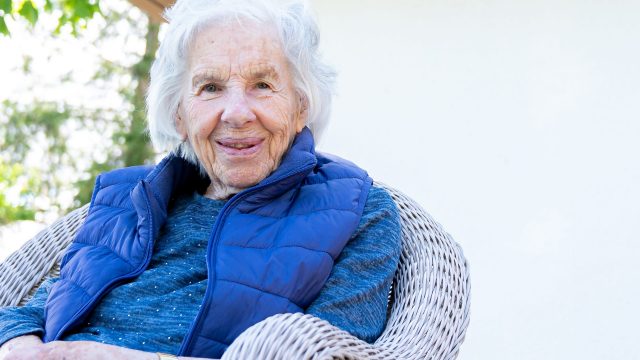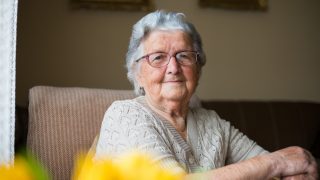COVID-19

The COVID-19 pandemic has had differential impacts on population groups. Adults, age 65 and over, have been more vulnerable than other age groups and have experienced more hardship during the pandemic due to the higher risk of hospitalization and death if they were to become infected. In addition, the need for social distancing made the impacts of social isolation, already an issue for many older adults, more profound.
There are approximately 15 million older adults and individuals with health conditions or disabilities who cannot easily leave their homes. Determining how to provide this group with access to the COVID-19 vaccine has been challenging for many states. The role of governmental agencies and non-governmental organizations in ensuring access is unclear, and the vaccination policies and workforce needs vary across states. State and local public health departments have begun working in partnership with the aging network, hospital systems, and other community partners implement innovative vaccine approaches.

